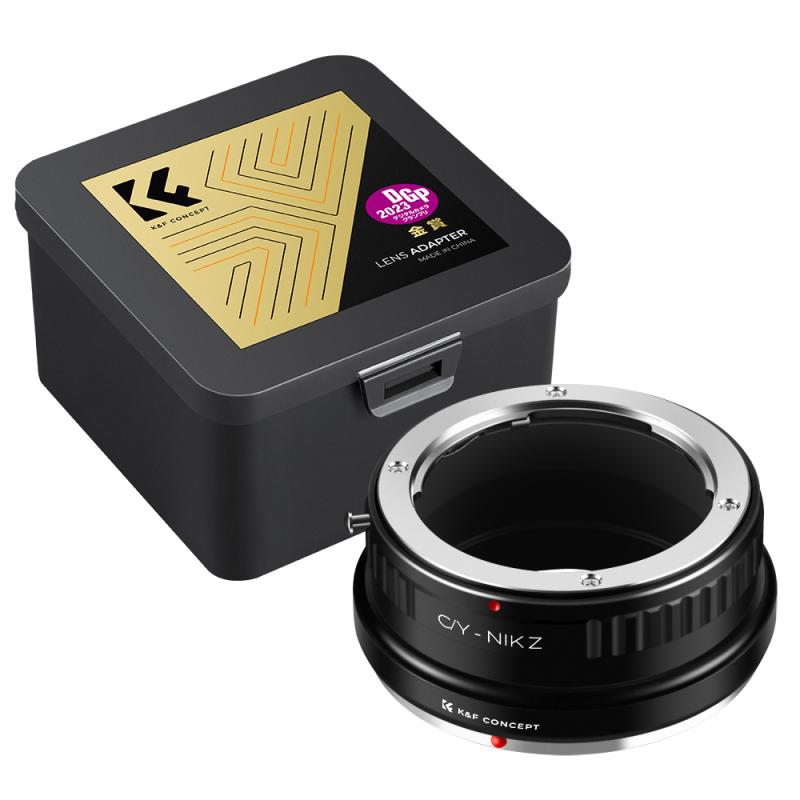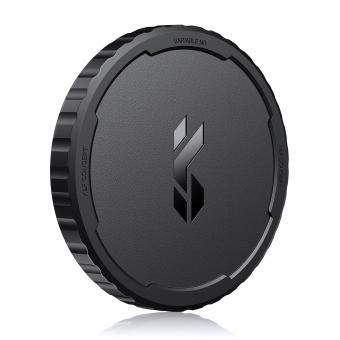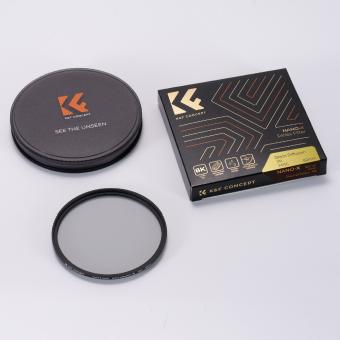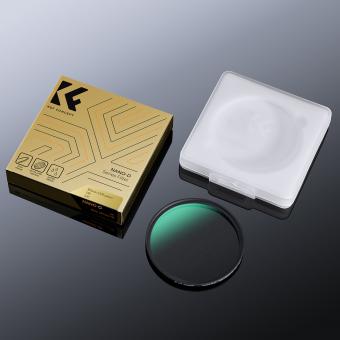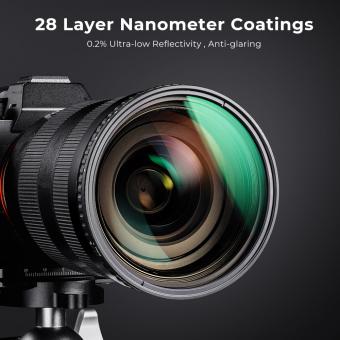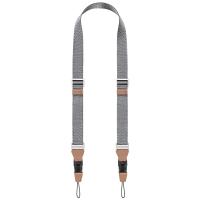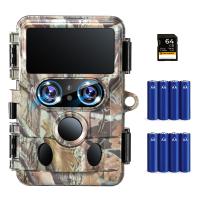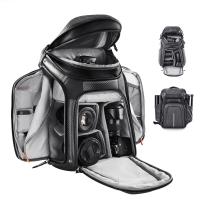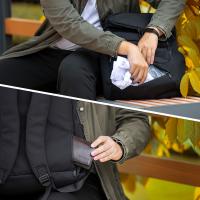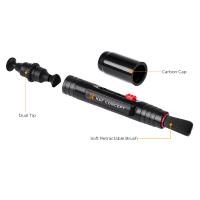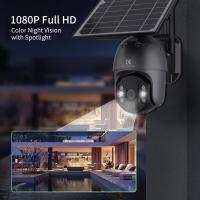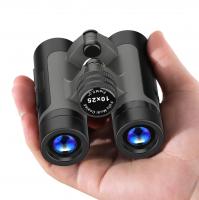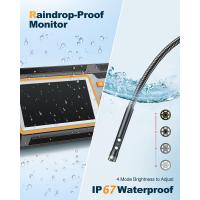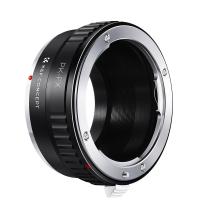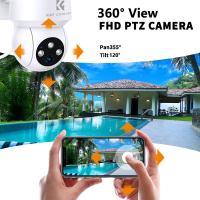What Do Nd Filters Do For Cameras ?
ND filters, also known as Neutral Density filters, are camera accessories that reduce the amount of light entering the camera lens without affecting the color or hue of the image. They are primarily used in photography and videography to achieve certain creative effects or overcome exposure challenges. ND filters come in different strengths, measured in stops, which determine the amount of light they block.
By reducing the amount of light, ND filters allow photographers and videographers to use longer shutter speeds or wider apertures in bright conditions, without overexposing the image. This is particularly useful in situations where a shallow depth of field or motion blur is desired, such as capturing flowing water or creating a blurred background in portraits. ND filters also help to balance the exposure between the sky and the foreground in landscape photography, preventing blown-out highlights.
Overall, ND filters provide greater control over exposure and enable photographers and videographers to achieve their desired creative vision in various lighting conditions.
1、 Definition and Purpose of ND Filters in Photography
ND filters, or Neutral Density filters, are essential tools in photography that reduce the amount of light entering the camera lens without affecting the color or hue of the image. They are essentially darkened pieces of glass or resin that can be attached to the front of a camera lens.
The primary purpose of ND filters is to allow photographers to have more control over the exposure settings of their images. By reducing the amount of light, ND filters enable photographers to use wider apertures, slower shutter speeds, or both, even in bright lighting conditions. This is particularly useful in situations where a photographer wants to achieve a specific creative effect, such as capturing motion blur in a waterfall or creating a shallow depth of field in bright sunlight.
ND filters are also commonly used in landscape photography to achieve a balanced exposure between the bright sky and the darker foreground. By reducing the intensity of the light, ND filters help to prevent overexposure in the sky while maintaining proper exposure in the rest of the scene.
In recent years, ND filters have gained popularity in videography as well. They allow videographers to maintain a consistent shutter speed and frame rate, even in bright lighting conditions, resulting in smoother and more professional-looking footage.
Overall, ND filters are versatile tools that provide photographers and videographers with greater control over exposure settings, allowing them to achieve creative effects and overcome challenging lighting conditions.
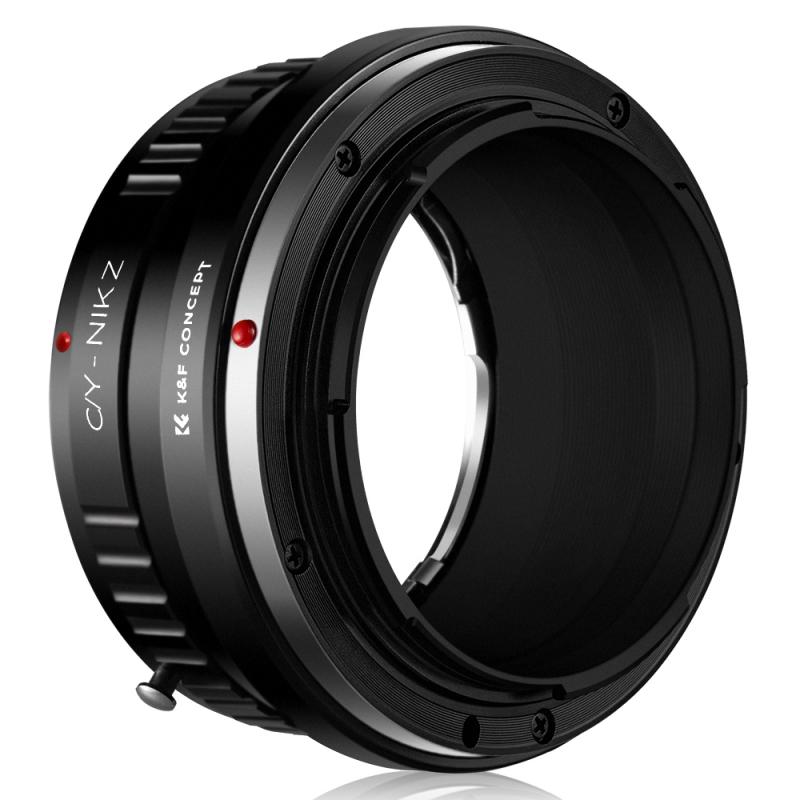
2、 Types of ND Filters and Their Light Reduction Levels
ND filters, or Neutral Density filters, are essential tools for photographers and videographers. They are designed to reduce the amount of light entering the camera without affecting the color or quality of the image. This allows for greater control over exposure settings and creative possibilities in various shooting conditions.
ND filters are particularly useful in situations where there is too much light, such as when shooting in bright sunlight or capturing long exposures. By reducing the amount of light, ND filters help to achieve slower shutter speeds, wider apertures, or both, without overexposing the image. This is especially important when shooting landscapes, waterfalls, or any other scene that requires a longer exposure time to capture motion blur or create a sense of movement.
There are different types of ND filters available, each with varying light reduction levels. The most common types include:
1. ND2: This filter reduces the light entering the camera by one stop, allowing for slightly longer exposures.
2. ND4: With a light reduction of two stops, this filter is ideal for situations where more light reduction is needed, such as when shooting in bright daylight.
3. ND8: This filter reduces the light by three stops, providing even greater control over exposure settings.
4. Variable ND filters: These filters offer adjustable light reduction levels, allowing photographers to fine-tune the exposure according to their specific needs. They are particularly useful in situations where lighting conditions may change rapidly.
It is worth noting that the latest advancements in camera technology, such as improved dynamic range and low-light performance, have somewhat reduced the necessity for ND filters in certain situations. However, they still remain valuable tools for achieving creative effects and maintaining control over exposure settings, especially in challenging lighting conditions.
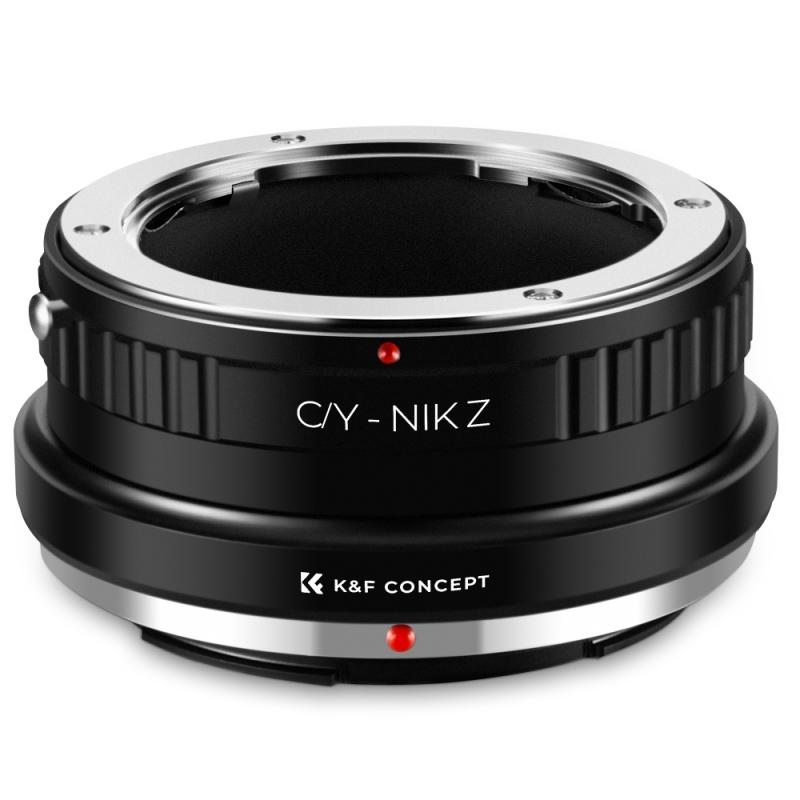
3、 Benefits of Using ND Filters in Different Photography Scenarios
ND filters, or neutral density filters, are essential tools for photographers looking to control the amount of light entering their camera lens. These filters are designed to evenly reduce the intensity of light without affecting the color or hue of the image. By doing so, ND filters offer several benefits in different photography scenarios.
One of the primary advantages of using ND filters is their ability to create long exposure effects. By reducing the amount of light entering the camera, ND filters allow photographers to use slower shutter speeds, resulting in blurred motion effects. This is particularly useful in landscape photography, where photographers can capture smooth, flowing waterfalls or streaking clouds in the sky.
ND filters also enable photographers to achieve a shallow depth of field in bright lighting conditions. By reducing the amount of light, photographers can use wider apertures without overexposing the image. This is especially beneficial in portrait photography, where a shallow depth of field can help isolate the subject from the background, creating a pleasing bokeh effect.
Additionally, ND filters can be used to balance exposure in high contrast scenes. For example, when photographing a landscape with a bright sky and a darker foreground, an ND filter can help even out the exposure, preventing blown-out highlights or underexposed shadows.
In recent years, there has been an increasing trend in using ND filters for creating time-lapse videos. By using a strong ND filter, photographers can capture long exposure time-lapse sequences, resulting in mesmerizing footage of moving clouds, traffic trails, or star trails.
Overall, ND filters offer photographers greater control over exposure, allowing them to explore creative possibilities and overcome challenging lighting conditions. Whether it's capturing smooth water motion, achieving a shallow depth of field, balancing exposure, or creating stunning time-lapse videos, ND filters are indispensable tools for photographers in various scenarios.
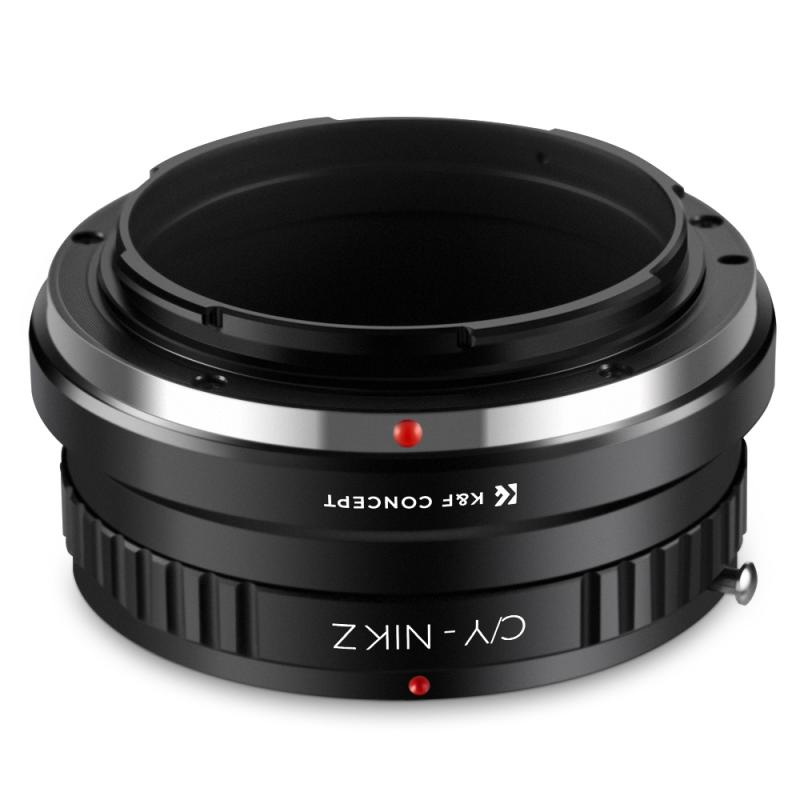
4、 How to Choose the Right ND Filter for Your Camera
ND filters, or Neutral Density filters, are essential accessories for photographers and videographers. They are designed to reduce the amount of light entering the camera without affecting the color or quality of the image. This allows for greater control over exposure settings and enables creative effects that would otherwise be difficult to achieve.
ND filters are particularly useful in situations where there is too much light, such as when shooting in bright sunlight or capturing long exposures. By reducing the amount of light, ND filters allow for slower shutter speeds, wider apertures, or both, resulting in a properly exposed image. This is especially important when shooting landscapes, waterfalls, or any other scene that requires a longer exposure to capture motion blur or achieve a shallow depth of field.
When choosing the right ND filter for your camera, there are a few factors to consider. The first is the filter's density, which determines the amount of light reduction. ND filters come in various strengths, usually measured in stops, such as ND2, ND4, ND8, etc. The higher the number, the darker the filter and the more light it blocks.
Another consideration is the filter's size, which should match the diameter of your camera lens. It's also important to choose a high-quality filter made from optical glass to ensure minimal distortion and color cast.
In recent years, there has been a growing trend towards variable ND filters. These filters allow for adjustable light reduction by rotating the filter, providing greater flexibility in different lighting conditions. However, it's worth noting that some variable ND filters can introduce a cross-pattern effect known as the "X effect" at extreme settings, so it's important to choose a reputable brand.
Ultimately, the choice of ND filter depends on your specific needs and shooting style. Whether you opt for a fixed or variable ND filter, investing in one will undoubtedly expand your creative possibilities and help you achieve stunning images in challenging lighting conditions.
